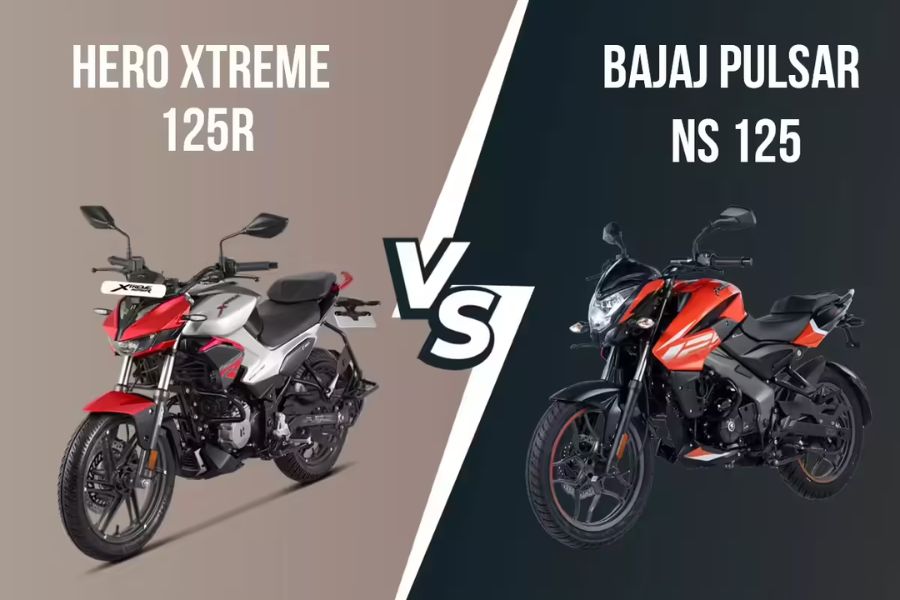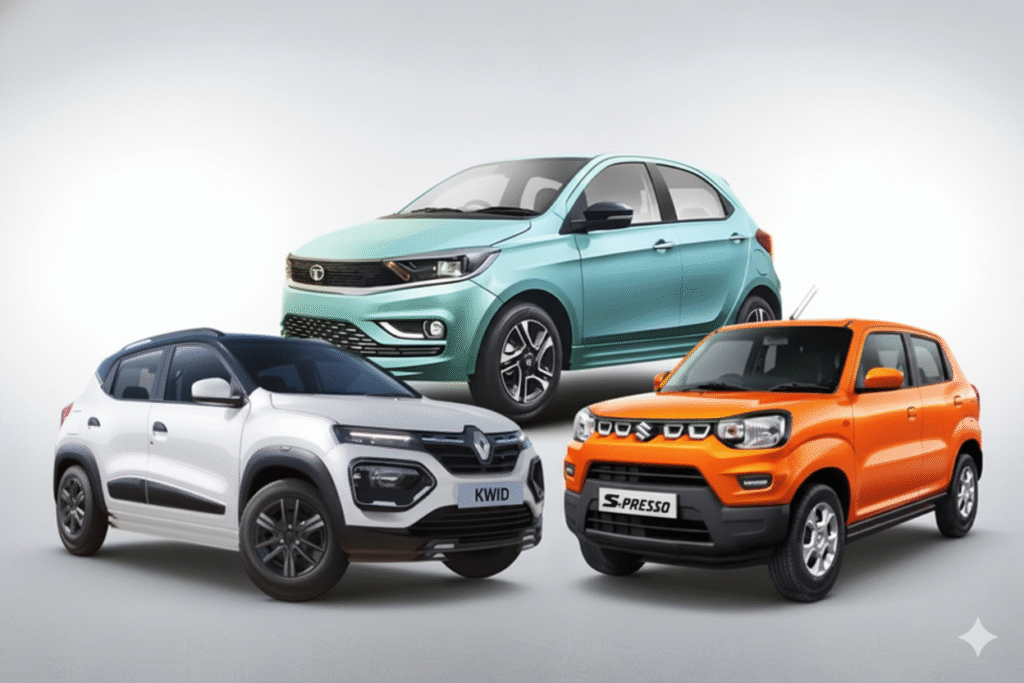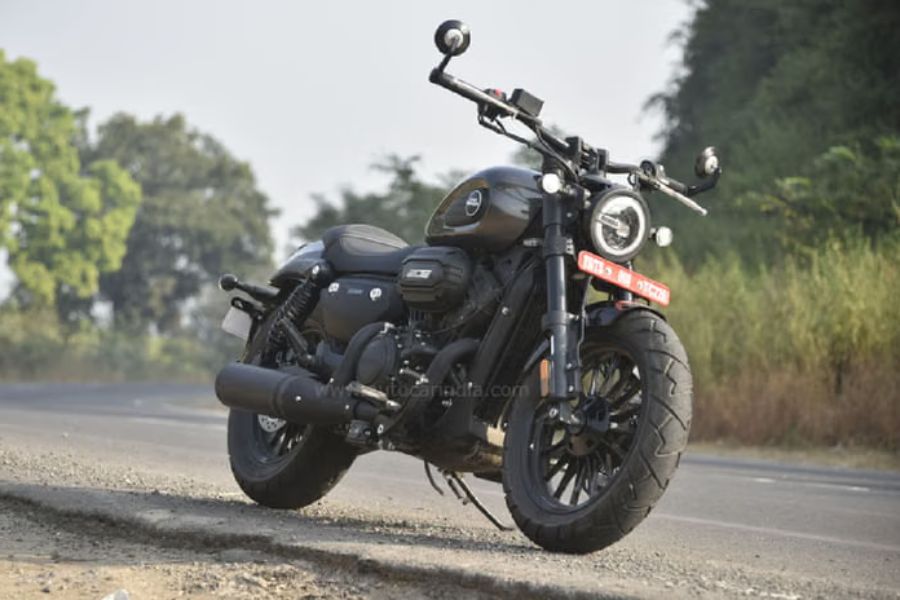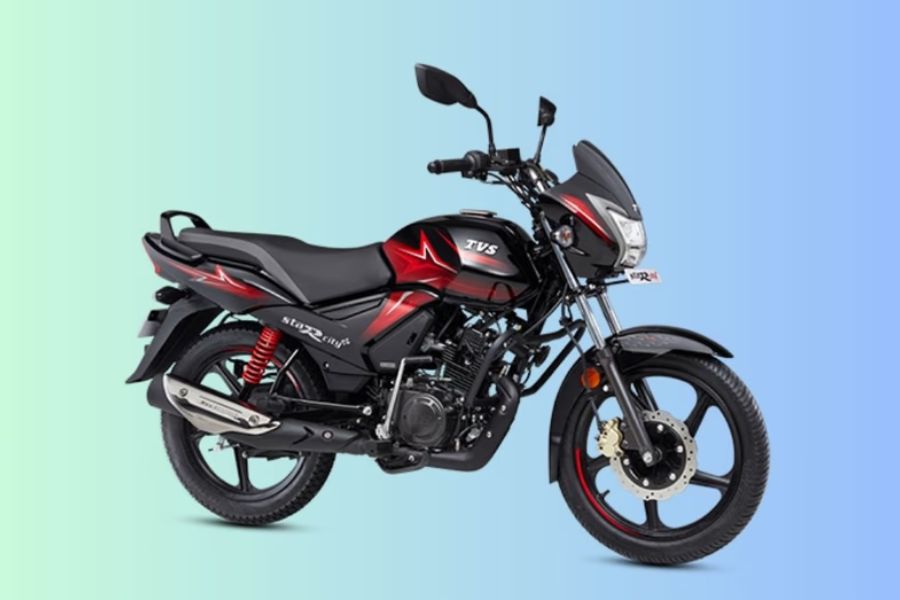Hazard lights, also known as emergency flashers, are an essential safety feature in every vehicle. They are designed to alert other drivers that your car is temporarily stationary or that there is a potential hazard ahead. However, many drivers misuse hazard lights, often leading to confusion and unsafe situations on the road. Understanding when and how to correctly use them can help you stay safe and avoid traffic violations.
What Are Hazard Lights?
Hazard lights are the pair of flashing amber lights on both the front and rear of your vehicle. When activated, they flash simultaneously to warn other road users of a problem or a temporary obstruction. They are typically controlled by a red triangle button located on the dashboard.
These lights are meant for emergencies, not for regular driving conditions. Their purpose is to make your vehicle more visible in situations where it may pose a danger to others or when it cannot move safely.
When to Use Hazard Lights
While exact rules may vary slightly depending on local traffic laws, here are the most common and appropriate scenarios where using hazard lights is considered correct and safe:
1. When Your Vehicle Has Broken Down
If your car experiences a mechanical failure and you are forced to stop on the road, the shoulder, or any other place that could obstruct traffic, you should immediately turn on your hazard lights. This alerts other drivers that your vehicle is not moving and helps prevent collisions, especially in low visibility conditions.
2. During a Roadside Emergency
If you have to stop suddenly due to a flat tyre, overheating, or another emergency, switch on your hazard lights. They signal to oncoming traffic that you are dealing with an issue and may be stepping out of the vehicle.
3. When You’re Involved in an Accident
After a minor accident, turning on your hazard lights warns approaching vehicles to slow down and proceed cautiously. It’s especially useful if your car is obstructing a lane or if debris is scattered on the road.
4. When You’re Being Towed
If your car is being towed or you are towing another vehicle, keeping hazard lights on helps other drivers recognise that your vehicle may be moving slower than usual or behaving unpredictably.
5. When There’s a Temporary Obstruction
If you stop to assist someone on the roadside or your vehicle is obstructing traffic temporarily—for example, while loading or unloading in an emergency—you may use hazard lights to indicate the temporary hazard.
When Not to Use Hazard Lights
Many drivers misuse hazard lights, especially during normal driving conditions. Misuse can cause confusion for other motorists and even lead to accidents. Avoid using hazard lights in these situations:
1. While Driving in Rain or Fog
Some drivers switch on hazard lights during heavy rain, fog, or storms. This is unsafe because it can mask your turn indicators, making your intentions unclear. Instead, use your headlights or fog lights to increase visibility.
2. While Driving Slowly in Traffic
Turning on hazard lights while moving slowly in traffic or through a busy junction is not recommended. Other drivers might assume your vehicle is stopped or disabled, leading to sudden braking or erratic lane changes.
3. While Parking Illegally
Many drivers use hazard lights as an excuse to park in no-parking zones temporarily. This misuse can block traffic and cause congestion. Remember, hazard lights do not make illegal parking acceptable.
4. At Toll Booths or Checkpoints
There is no need to use hazard lights when you’re about to stop at a toll booth or police checkpoint. Brake lights and normal signals are sufficient to communicate your intent.
Tips for Using Hazard Lights Safely
-
Always ensure your car is safely off the main road before turning on hazard lights.
-
If you must stop on a highway, pull over to the shoulder and place a reflective warning triangle behind your vehicle in addition to turning on hazard lights.
-
Turn off hazard lights as soon as you’re ready to move again.
-
Check periodically that your hazard lights are functioning properly as part of your routine maintenance.
Conclusion
Hazard lights are an important safety tool, but they must be used wisely. Their purpose is to communicate that your car is temporarily stationary or poses a potential hazard to other road users. Misusing them can create confusion and increase the risk of accidents. By understanding when and how to use hazard lights correctly, you not only ensure your own safety but also contribute to a smoother and safer driving environment for everyone on the road.
Read More:




